Preferential food allocation in a worker subcaste of the invasive yellow crazy ant

In the recent publication “Preferential food allocation to an essential worker subcaste in the invasive yellow crazy ant, Anoplolepis gracilipes (Hymenoptera: Formicidae)” published in Myrmecological News, Lee et al.* investigate a subset of workers of the invasive yellow crazy ant, A. gracilipes. This subset of workers mainly produces trophic eggs that are fed to larvae and occasionally to other members in the colony. These so-called physogastric workers are thought to play a significant part in the prosperity of the colony because the larvae of these ants depend on trophic eggs as their primary source of nutrition. Here, first author Ching-Chen Lee answers some questions and highlights the main points.
* = Ching-Chen Lee, Yi-Tsen Lin, Ming-Chung Chiu, Chin-Cheng Scotty Yang & Chung-Chi Lin
An Interview compiled by Alice Laciny, Patrick Krapf, Beatriz Porthina
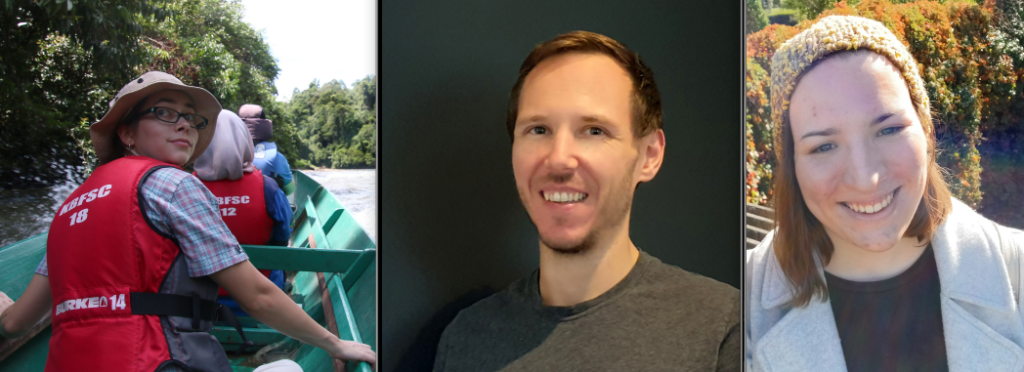
MNB: Could you tell us a bit about yourself?
CCL: My name is Ching-Chen Lee, and I am Malaysian. I received my bachelor’s degree in applied biology and my PhD in urban entomology with Dr. Chow-Yang Lee from the Universiti Sains Malaysia. Currently, I am a postdoctoral researcher at the Laboratory of Social Insects at the National Changhua University of Education, Taiwan. My postdoctoral advisor is Dr. Chung-Chi Lin, who is an expert on ant taxonomy and invasive ant management. My research interests primarily focus on biology, behavioral ecology and management of invasive ants, with a particular emphasis on the yellow crazy ant.
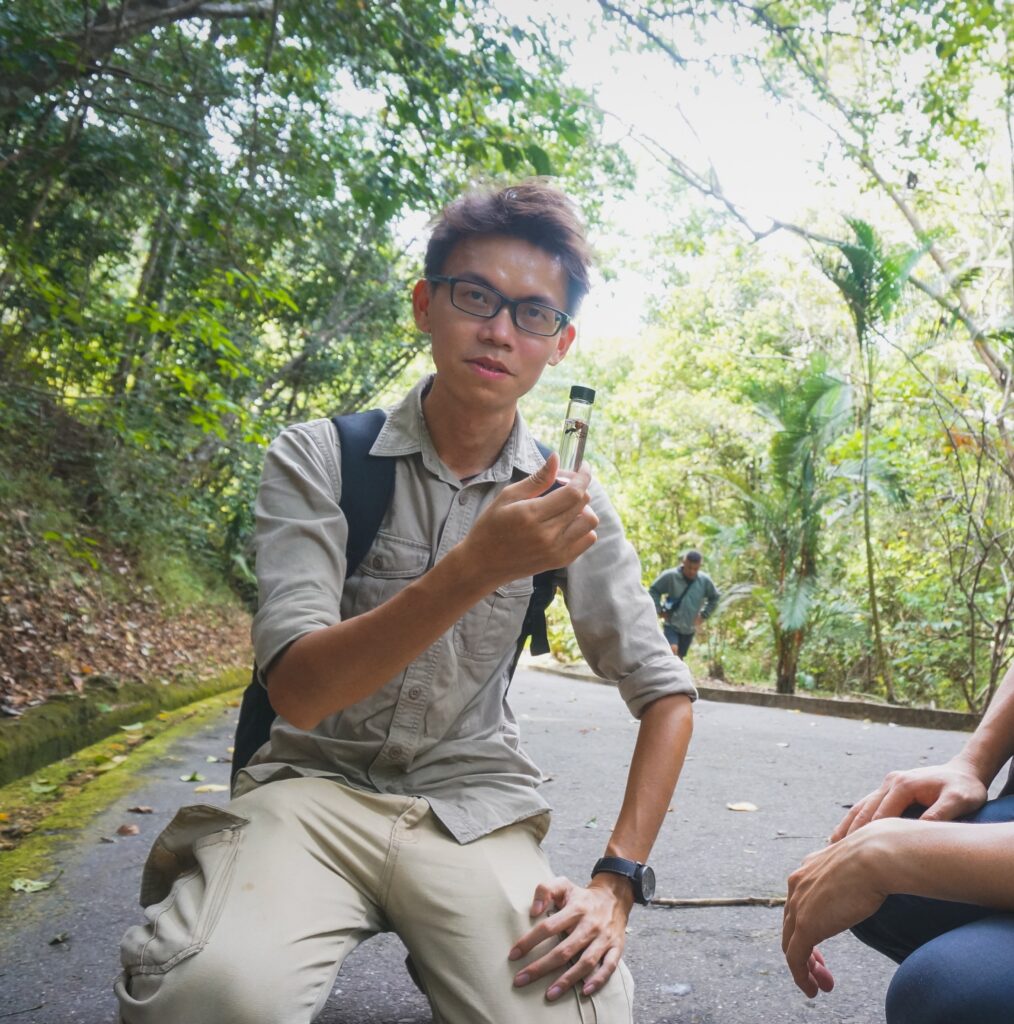
MNB: Could you briefly outline the research you published in Myrmecol. News in layman’s terms?
CCL: Anoplolepis gracilipes, aka “yellow crazy ant”, is a widespread invasive species that causes ecological damage pretty much wherever they have been introduced to. There is a subset of workers in their colonies whose primary job is to produce trophic eggs (mostly non-viable) that will be predominantly fed to larvae and occasionally to other members in the colony. These so-called physogastric workers are morphologically distinguished from other workers by having a conspicuously enlarged gaster (portion of the abdomen behind the petiole in ants), thanks to a well-developed ovary. Since larvae of these ants rely on trophic eggs as their main diet, it is believed that this physogastric worker subcaste is essential and plays a major role in the prosperity of the colony. Hence, we hypothesized that physogastric workers may have “nutritional priority” since high levels of nutrition must be required for them to optimize the production of trophic eggs. Our data are in full support of this hypothesis and showed that foods, irrespective of the macronutrient type (protein or carbohydrates), tend to be preferentially allocated to physogastric workers. This is the first study examining task-driven food flow among worker subcastes in the yellow crazy ant, which may provide insights into the pest management of this invasive species.
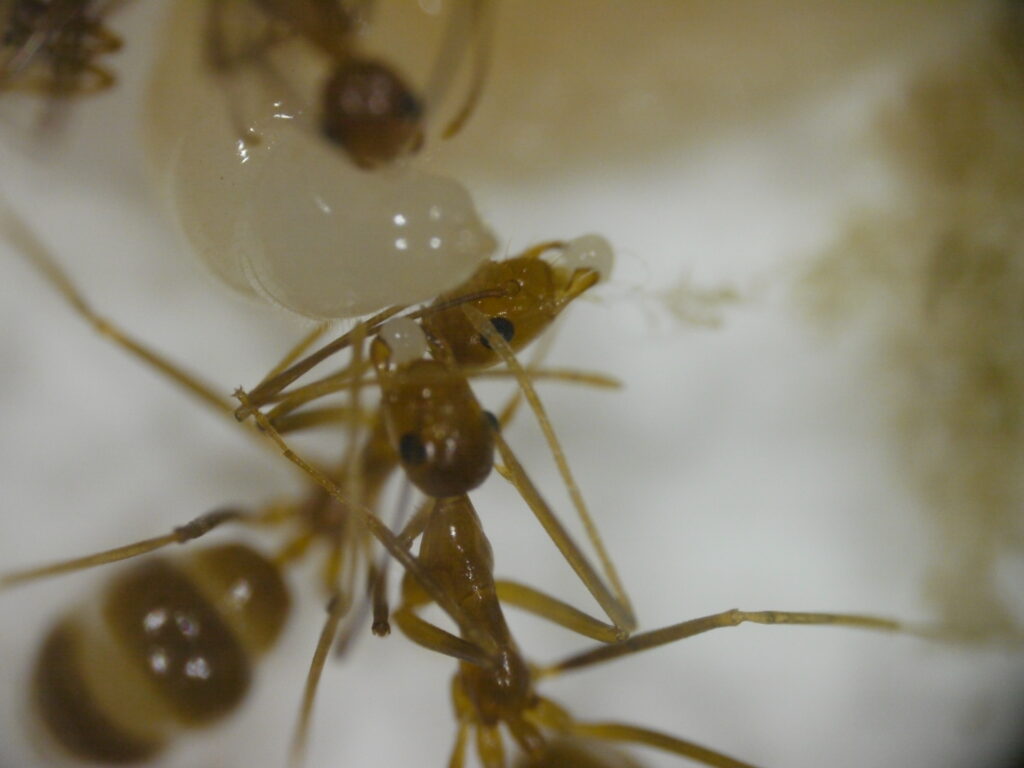
MNB: What is the take-home message of your work?
CCL: This study demonstrates that the pattern of food flow within an ant colony is associated with task performance optimization. We show that foods tend to flow preferentially to physogastric workers that have an essential role in nutrient provisioning in colonies of yellow crazy ant. This study also highlights the importance of physogastric workers in sustaining trophic egg production and, thus, colony productivity in the yellow crazy ant.
MNB: What was your motivation for this study?
CCL: A few years ago, my postdoctoral advisor invited me to co-supervise a master’s student in the lab (the second author of this study, Yi-Tsen Lin) who was working on foraging behavior of yellow crazy ants. In ants, it has been well documented that food flow from foragers to non-foraging castes is dependent on food type or nutritional characteristics. However, little is known about how the food flow is regulated among different worker subcastes. After discussing with Dr. Chin-Cheng Scotty Yang (co-corresponding author of this study), we decided to use the yellow crazy ant as the model system and conducted a series of laboratory manipulations to study the pattern of food flow among different worker subcastes.
MNB: What was the biggest obstacle you had to overcome in this project?
CCL: Definitely the marking of ants. Individual workers were marked on the dorsal surfaces of their thorax with paint marker of different color so we could learn their identities during observation. Before marking, workers were anaesthetized by putting them in a freezer for 1-2 minutes. Some of the workers woke up before we completed the marking process. Besides, since yellow crazy ant workers tend to be very “fragile”, we had to handle them with extra caution, particularly when holding ants with forceps.
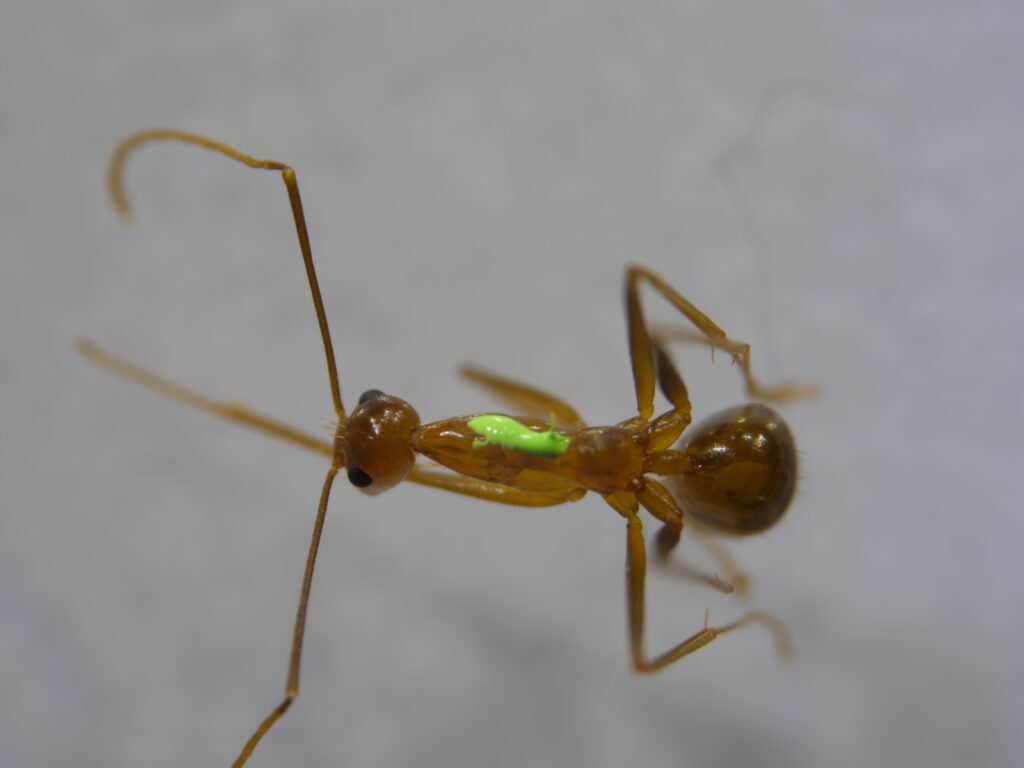
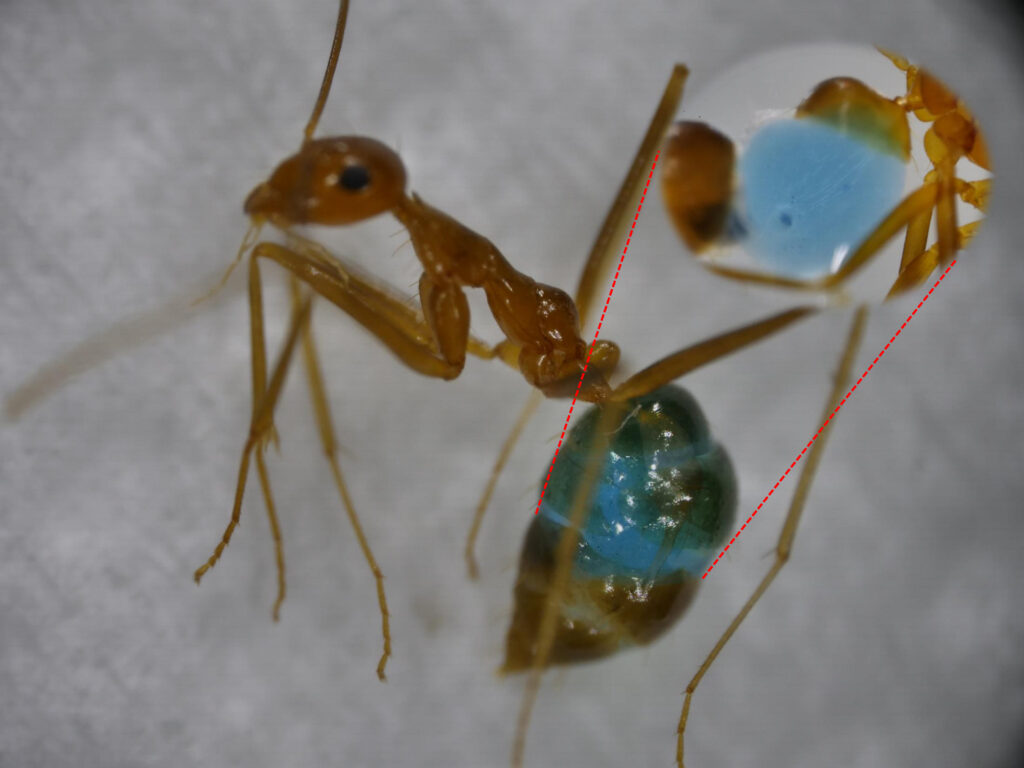
MNB: Do you have any tips for others who are interested in doing related research?
CCL: Practicing marking ants and having patience when collecting and analyzing data are really the keys to complete ant behavioral studies like the current one. Also, I do have a piece of advice: never “overlook” the chance to come up with a new finding in so-called common species – a lot of people may say that invasive ant species like yellow crazy ants are well-studied so new findings are mostly impossible or challenging. However, trust me, there is still a knowledge gap in our understanding of what contributes to the success of “common” invasive ant species up to today.
MNB: Where do you see the future for this particular field of ant research?
CCL: I see a big potential in the ecological role of physogastric workers in the yellow crazy ant, such as how this “trophic specialist” contributes to the invasiveness of this ant species.




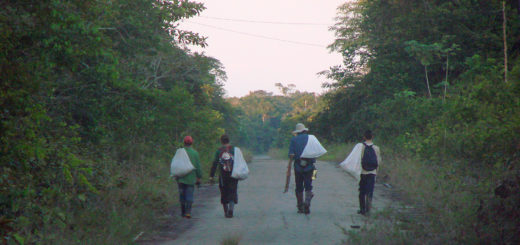

Recent Comments